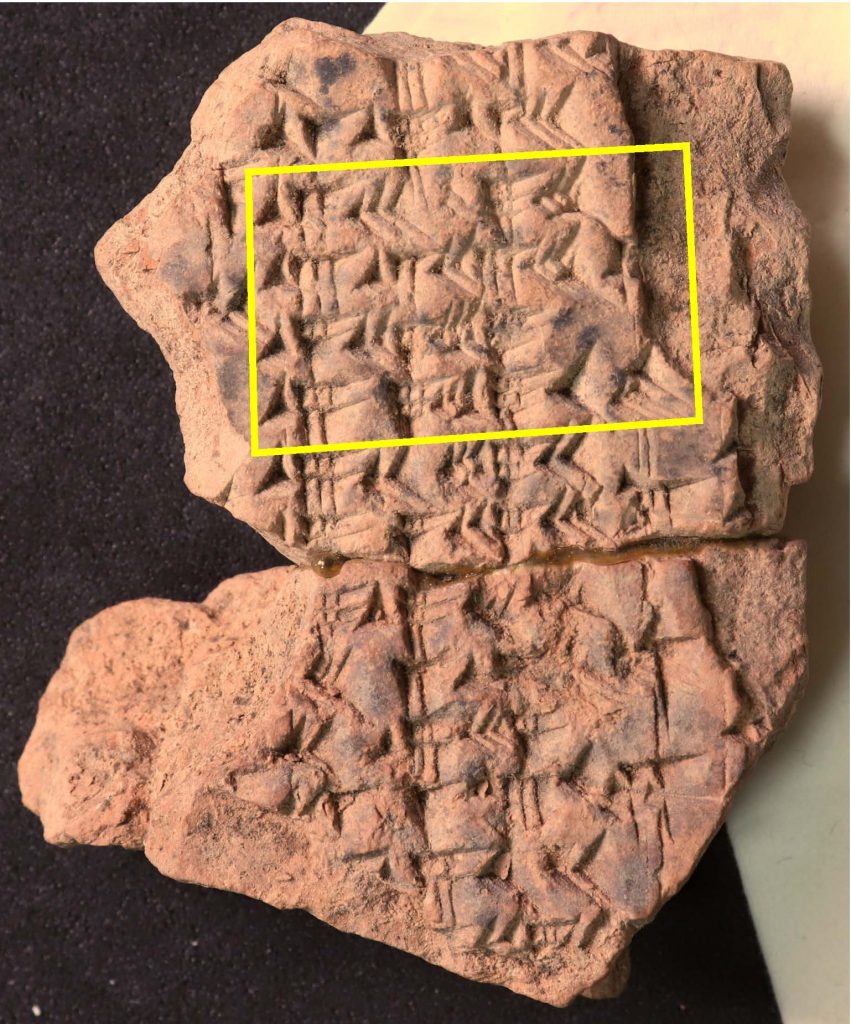The International Max Planck Research School “Knowledge and Its Resources: Historical Reciprocities” (IMPRS-KIR) invites applications for
5 doctoral positions, to begin on September 1, 2022.
Each position will run for 3.5 years, with the possibility of extending once by six months. The IMPRS-KIR is a new, research-driven PhD program based in the history and philosophy of science, technology, and medicine (HPSTM). It is a collaboration between the Max Planck Institute for the History of Science and Freie Universität Berlin, Humboldt-Universität zu Berlin, and Technische Universität Berlin. The IMPRS-KIR will trace the deep entanglements of knowledge and its resources from a long-term and global perspective. Key to its agenda is a “historical-political epistemology” that highlights how knowledge is shaped historically by a great variety of resources – political systems, technological infrastructures, social interaction, material objects and media
technologies. Knowledge, in turn, is understood as a means to define and unlock such resources, while being, in and of itself, one of the key resources of human culture.
The School offers training in historical-political epistemology, combining HPSTM with regional and global studies, Science & Technology Studies (STS), all fields of history, media studies, museum studies, archaeology, art history, literary studies, philology, environmental studies, and digital humanities research. Prospective doctoral students with projects on any specialty and period within these and related fields are invited to apply.
The doctoral positions are open to applicants of all nationalities holding a Master’s degree (or equivalent) in the aforementioned fields and having proficiency in English, and, preferably, in one or more additional languages. Candidates are expected to be able to present and discuss their work and
that of others in English; dissertations may be submitted in German, English, or any of the supervisors’ working languages. Selection criteria relate to the excellence of the individual candidate and project and the closeness of the project’s fit with the School’s agenda.
The IMPRS-KIR is located at the Max Planck Institute for the History of Science in Dahlem, Berlin. Students will work in a stimulating international and interdisciplinary research environment.
The School’s program entails one year of courses held in conjunction with the three Berlin universities involved in the IMPRS-KIR (FU, HU, TU), as well as mentored reading groups, workshops, training in digital humanities methods, a tailored coaching program, and language courses. A research budget will be available for travel to archives worldwide. Additionally, students may opt to
spend up to one semester at one of our international partner universities (University of Pennsylvania, Nanyang Technological University Singapore, Singapore University of Technology and Design).
The PhD degrees will be awarded by one of the Berlin university departments represented in the Principal Teaching Faculty. Additionally, an IMPRS certificate of the Max Planck Society will be awarded.
Applicants are asked to submit the following materials:
• a cover letter with a personal statement of your motivation for applying to the IMPRS-KIR (max. 1,000 words)
• a dissertation proposal (max. 2,500 words, excluding bibliography) including working title, abstract (max. 250 words), research topic and state of the art in the field of study concerned, research questions and objectives, methodology, short description of the project’s feasibility and how it would be carried out (including a list of archives if applicable), bibliography (max.- 30 titles)
• a curriculum vitae (1–2 pages)
• copies of degree certificates/proof of the finishing date of your Master’s degree
• transcript of grades achieved during your Master’s studies
• proof of fluency in English (preferably at level C1, but at least at level B2). If English is your native language or if you went to a university where the language of instruction was English, you do not need to submit an English certificate.
• contact details of two academic referees. Our Selection Committee will contact referees for shortlisted applicants.
Please submit these materials as separate PDF documents, exclusively through the following application portal: https://recruitment.mpiwg-berlin.mpg.de/position/19628037
Only complete applications submitted via the application portal will be accepted. The portal will close on January 31, 2022, 23.59 Central European Time.
The IMPRS-KIR aims to foster diversity within its four collaborating institutions. We welcome applications from all qualified individuals regardless of age, disabilities, ethnicity, gender, nationality, religion or sexual orientation
For more information, please consult the FAQs on the website of the MPIWG: https://www.mpiwgberlin.mpg.de/research/departments/imprs
For further inquiries about the new PhD program and the recruitment process, please contact Sophie Schwarzmaier: sschwarzmaier@mpiwg-berlin.mpg.de
For questions about the application portal, please contact Tanja Neuendorf: applications@mpiwgberlin.mpg.de
Please note that we cannot consider applications sent by email or post. The email addresses given above are only for your questions.



